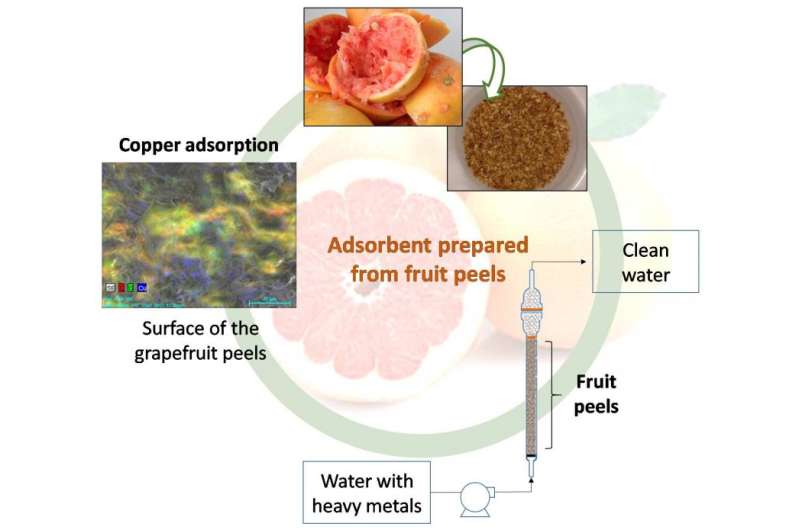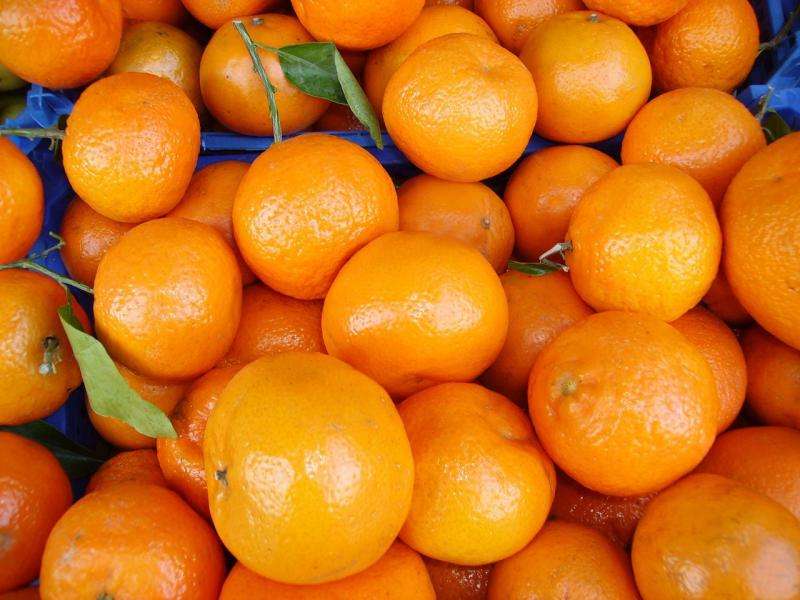Wastewater cleaned thanks to a new adsorbent material made from fruit peels

A collaborative of researchers has developed a process to clean water containing heavy metals and organic pollutants using a new adsorbent material made from the peels of oranges and grapefruits.
The peels are a problem for the food industry, given that they take up a great volume and aren't very useful. An estimated 38.2 million tons of fruit peels are produced worldwide each year in the food industry.
The researchers developed a new process by which it is possible to modify the structure of said residues via instant controlled pressure drop treatment, giving them adsorbent properties such as a greater porosity and surface area.
Researcher Luis Alberto Romero Cano explains that by using a subsequent chemical treatment, they have managed to add functional groups to the material, thus making it selective in order to remove metals and organic pollutants present in water.
A subsequent study carried out by the authors of this paper has showed that it is possible to pack those new materials in fixed bed columns, in a way similar to standard wastewater treatments. This laboratory-scale study has obtained parameters to design a large-scale use of the materials.
"The results show a great potential for the use of said materials as adsorbents capable of competing with commercial activated carbon for the adsorption and recovery of metals present in wastewater, in a way that could make it possible to carry out sustainable processes in which products with a great commercial value could be obtained from food industry residues," Romero Cano says.

More information: Luis A Romero-Cano et al. Grapefruit peels as biosorbent: characterization and use in batch and fixed bed column for Cu(II) uptake from wastewater, Journal of Chemical Technology & Biotechnology (2017). DOI: 10.1002/jctb.5161
Luis A. Romero-Cano et al. Biosorbents prepared from orange peels using Instant Controlled Pressure Drop for Cu(II) and phenol removal, Industrial Crops and Products (2016). DOI: 10.1016/j.indcrop.2016.02.027
Provided by University of Granada



















